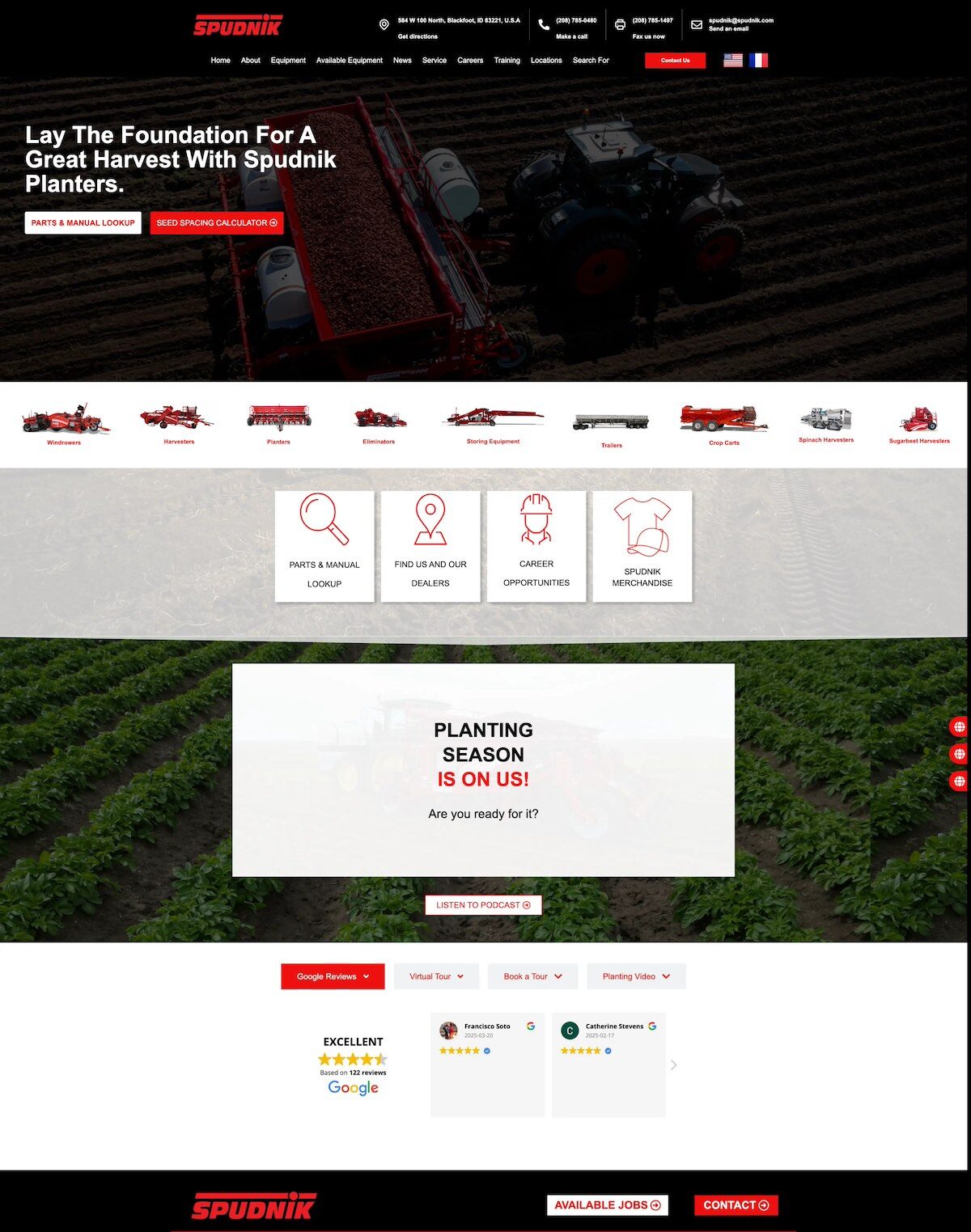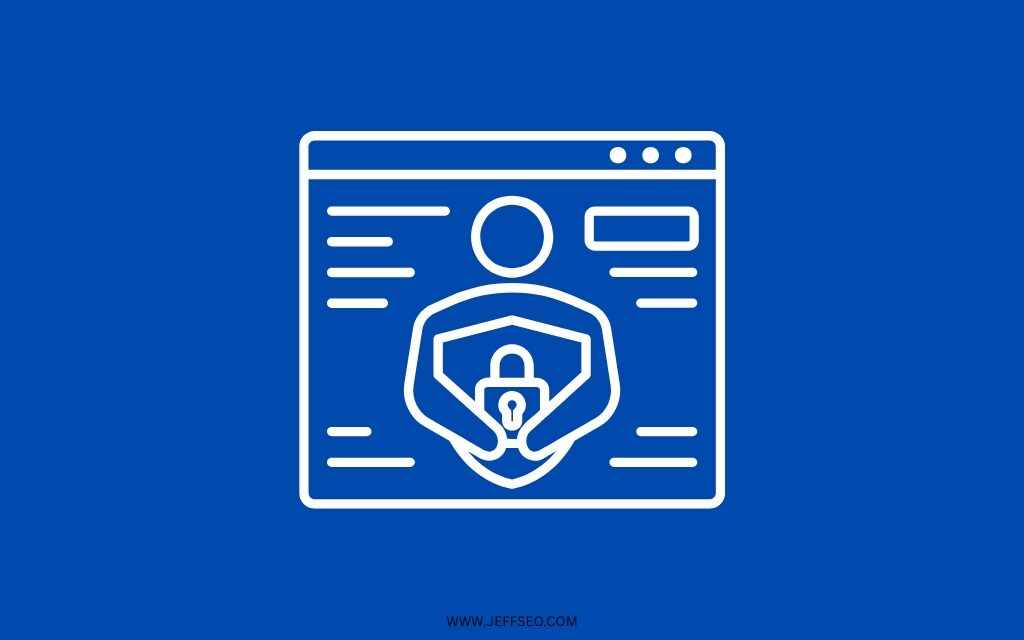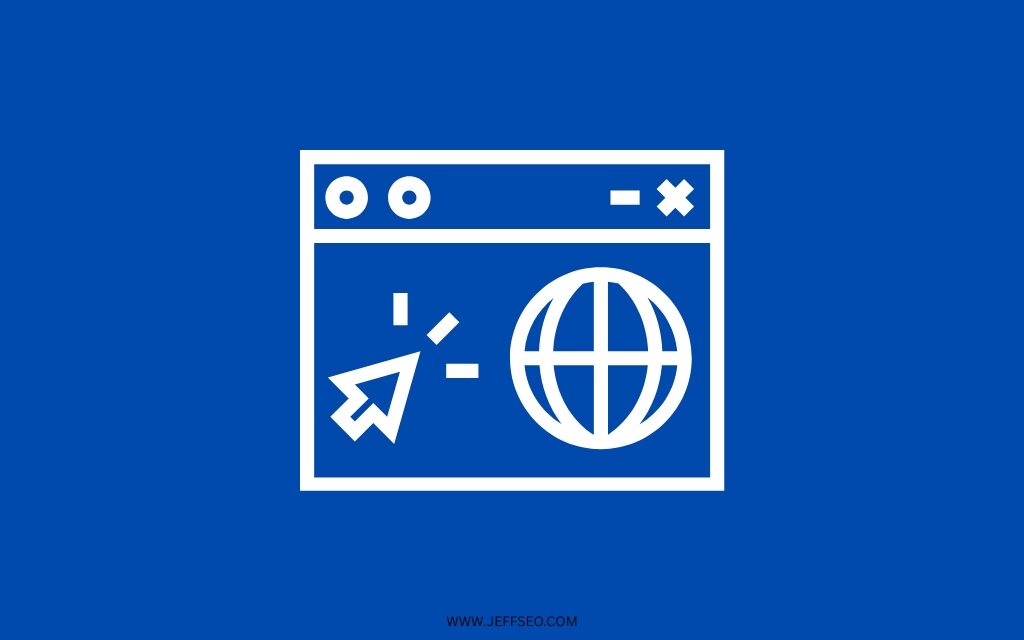In today’s digital ecosystem, your website is your digital storefront, handshake, and first impression—all rolled into one. And while design trends come and go, one strategy consistently drives real results: putting the customer first.
What is a Customer-First Website?
A customer-first website is built with the audience’s needs, preferences, and behaviors at the core of every design decision. From the user journey to the messaging to the site speed, everything is optimized to serve the visitor.
Unlike brand-first websites that focus on identity and storytelling, customer-first sites are geared toward usability, efficiency, and conversion. They’re about making it easy for users to get what they need, fast.
When is a Customer-First Website the Right Choice?
- Well-Established Businesses: If the company that you’re designing the website for has a lot of return customers, a customer-first website might the right choice. I say “Might” because, as a web designer, you should align your design with the needs of your client. Every company is unique and therefore, have different ambitions.
- Ecommerce Stores: Shoppers expect seamless, intuitive online buying experiences. A customer-first approach ensures your site is optimized for search, speed, and mobile transactions. Make the “My account” or “Sign in” link/button easily accessible.
- When the Website Owner Asks for It: When designing a website a client, they usually tell you what they want to accomplish with it. If their goal is to create a hub for their customers, you should design a customer-first website.
Key Elements of a Customer-First Website
If you know why a customer goes back to a business website, you will be able to determine which elements to include in the website. Before the designing process, consult with your client to learn more about their customer needs. Consider questions like, what is the number one thing you customers can only find on your website? What are the most common questions your customers ask? What resources do your customers need to better use your products or services?
Only after understanding of all these things that you may start designing an effective customer-centered website for your client.
Here is a list of a few common elements and characteristics found in customer-first websites:
- Clear, simple navigation
- Clear calls-to-action
- Mobile optimization
- Accessible and inclusive design
- Personalized user experience
Example of Customer-First Websites
Pay attention to the homepage of the website in the screenshot below.

Conclusion
When the goal is to help, convert, or guide users efficiently, a customer-first website is the smartest move. It’s not just about functionality—it’s about creating an experience that respects your visitor’s time and intent. Use Google Analytics and other tracking tools to help track user behavior, then analyze and adjust accordingly.


